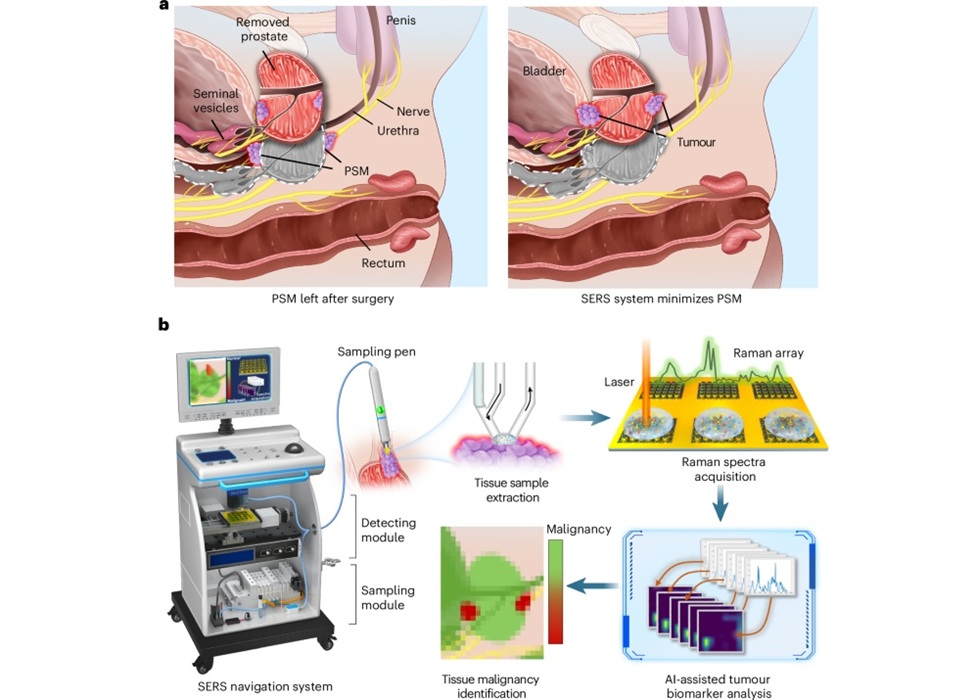Toxin-Absorbing Nanosponges Battle Bacterial Infections 
|
By HospiMedica International staff writers Posted on 01 Jun 2015 |
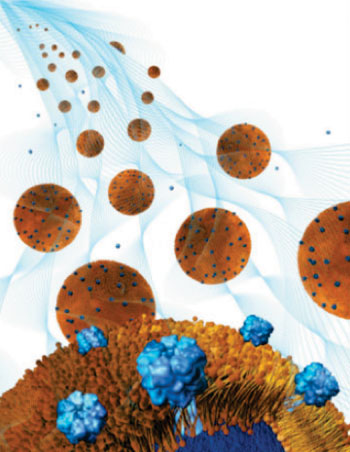
Image: Nanosponge-hydrogel treats local bacterial infections (Image: courtesy of Weiwei Gao/UCSD).
Toxin-absorbing nanosponges could provide localized therapy against virulent Methicillin-resistant Staphylococcus aureus (MRSA) infections, according to a new study.
Researchers at the University of California, San Diego (UCSD; USA) and Fudan University (Shanghai, China) developed the unihybrid nanomaterial by mixed nanosponges—nanoparticles coated in a red blood cell (RBC) membrane that absorb dangerous toxins produced by MRSA, E. coli, and other antibiotic-resistant bacteria—into a hydrogel made of water and polymers. The optimized hydrogel composition helps retain the toxin-absorbing nanosponges (masquerading as RBCs) in place, while not compromising toxin transport into the gel for neutralization.
Just one RBC membrane can be used to make thousands of polymer core nanosponges, each with a diameter of approximately 85 nanometers, i.e., 3,000 times smaller than the original RBC. The number of toxins each nanosponge could absorb depended on the toxin; in the case of MRSA, one nanosponge can absorb approximately 85 alpha-hemolysin toxins. The nanosponges have a half-life of 40 hours and eventually are metabolized, together with the sequestered toxins, in the liver.
In a murine model, MRSA infected skin lesions that were treated with the nanosponge-hydrogel were significantly smaller than those that were left untreated. The researchers also showed that two days after they were injected underneath the skin of a mouse, nearly 80% of the nanosponge-hydrogels were still found at the injection site. When the nanosponges were injected without the hydrogel, only 20% of them remained at the injection site after just two hours, with most of them diffusing to the surrounding tissues. The study was published on April 31, 2015, in Advanced Materials.
“We combined the strengths of two different materials, nanosponges and hydrogels, to create a powerful formulation to treat local bacterial infections,” said senior author Prof. Liangfang Zhang, PhD, of the school of engineering. “Nanosponges alone are difficult to use on local tissues because they diffuse away to other parts of the body very quickly. By integrating the nanosponges into a hydrogel, we can retain them at the site of infection.”
Related Links:
University of California, San Diego
Fudan University
Researchers at the University of California, San Diego (UCSD; USA) and Fudan University (Shanghai, China) developed the unihybrid nanomaterial by mixed nanosponges—nanoparticles coated in a red blood cell (RBC) membrane that absorb dangerous toxins produced by MRSA, E. coli, and other antibiotic-resistant bacteria—into a hydrogel made of water and polymers. The optimized hydrogel composition helps retain the toxin-absorbing nanosponges (masquerading as RBCs) in place, while not compromising toxin transport into the gel for neutralization.
Just one RBC membrane can be used to make thousands of polymer core nanosponges, each with a diameter of approximately 85 nanometers, i.e., 3,000 times smaller than the original RBC. The number of toxins each nanosponge could absorb depended on the toxin; in the case of MRSA, one nanosponge can absorb approximately 85 alpha-hemolysin toxins. The nanosponges have a half-life of 40 hours and eventually are metabolized, together with the sequestered toxins, in the liver.
In a murine model, MRSA infected skin lesions that were treated with the nanosponge-hydrogel were significantly smaller than those that were left untreated. The researchers also showed that two days after they were injected underneath the skin of a mouse, nearly 80% of the nanosponge-hydrogels were still found at the injection site. When the nanosponges were injected without the hydrogel, only 20% of them remained at the injection site after just two hours, with most of them diffusing to the surrounding tissues. The study was published on April 31, 2015, in Advanced Materials.
“We combined the strengths of two different materials, nanosponges and hydrogels, to create a powerful formulation to treat local bacterial infections,” said senior author Prof. Liangfang Zhang, PhD, of the school of engineering. “Nanosponges alone are difficult to use on local tissues because they diffuse away to other parts of the body very quickly. By integrating the nanosponges into a hydrogel, we can retain them at the site of infection.”
Related Links:
University of California, San Diego
Fudan University
Latest Critical Care News
- Magnetically Guided Microrobots to Enable Targeted Drug Delivery

- Smart Nanomaterials Detect and Treat Traumatic Brain Injuries Simultaneously
- Earlier Blood Transfusion Could Reduce Heart Failure and Arrhythmia in Heart Disease Patients
- 'Smart' Shirt Detects Epileptic Seizures in Real Time
- Skin Patch Measures Effectiveness of Flu/COVID Vaccines in 10 Minutes
- Complete Revascularization Reduces Risk of Death from Cardiovascular Causes
- Tiny Fish-Inspired Robots Navigate Through Body to Deliver Targeted Drug Therapy
- Coronary Artery Stenosis Could Protect Patients from Pulmonary Embolism Effects
- Sweat-Powered Sticker Turns Drinking Cup into Health Sensor
- Skin-Mounted 3D Microfluidic Device Analyzes Sweat for Real-Time Health Assessment
- New Therapeutic Brain Implants to Eliminate Need for Surgery
- Stem Cell Patch Gently Heals Damaged Hearts Without Open-Heart Surgery
- Biomaterial Vaccines to Make Implanted Orthopedic Devices Safer
- Deep Learning Model Predicts Sepsis Patients Likely to Benefit from Steroid Treatment
- Programmable Drug-Delivery Patch Promotes Healing and Regrowth After Heart Attack
- Breakthrough Ultrasound Technology Measures Blood Viscosity in Real Time
Channels
Surgical Techniques
view channel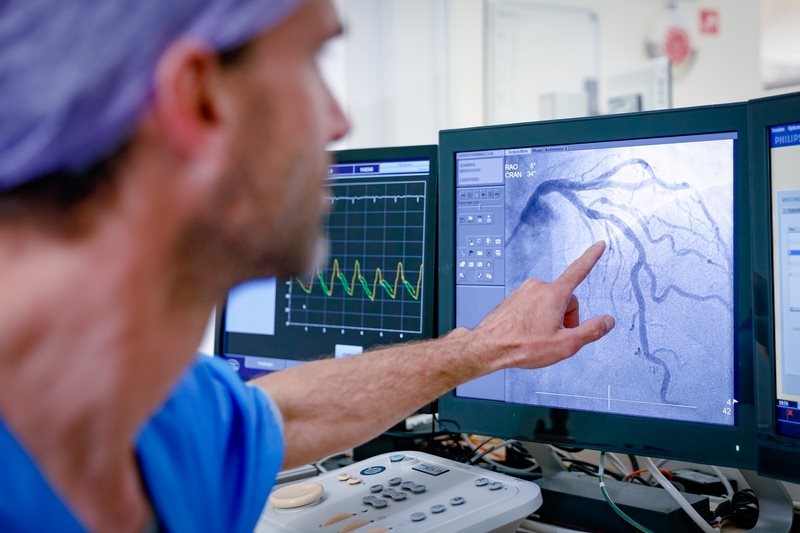
New Study Findings Could Halve Number of Stent Procedures
When a coronary artery becomes acutely blocked during a heart attack, opening it immediately is essential to prevent irreversible damage. However, many patients also have other narrowed vessels that appear... Read more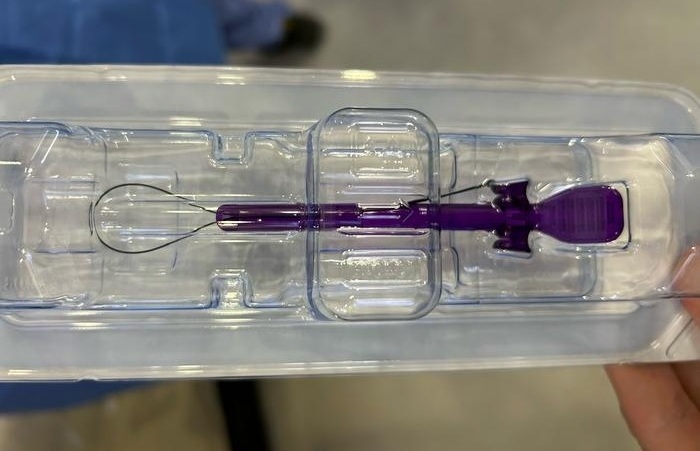
Breakthrough Surgical Device Redefines Hip Arthroscopy
Hip arthroscopy has surged in popularity, yet surgeons still face major mechanical constraints when navigating deep joint spaces through traditional cannulas. Limited tool mobility and the need for an... Read morePatient Care
view channel
Revolutionary Automatic IV-Line Flushing Device to Enhance Infusion Care
More than 80% of in-hospital patients receive intravenous (IV) therapy. Every dose of IV medicine delivered in a small volume (<250 mL) infusion bag should be followed by subsequent flushing to ensure... Read more
VR Training Tool Combats Contamination of Portable Medical Equipment
Healthcare-associated infections (HAIs) impact one in every 31 patients, cause nearly 100,000 deaths each year, and cost USD 28.4 billion in direct medical expenses. Notably, up to 75% of these infections... Read more
Portable Biosensor Platform to Reduce Hospital-Acquired Infections
Approximately 4 million patients in the European Union acquire healthcare-associated infections (HAIs) or nosocomial infections each year, with around 37,000 deaths directly resulting from these infections,... Read moreFirst-Of-Its-Kind Portable Germicidal Light Technology Disinfects High-Touch Clinical Surfaces in Seconds
Reducing healthcare-acquired infections (HAIs) remains a pressing issue within global healthcare systems. In the United States alone, 1.7 million patients contract HAIs annually, leading to approximately... Read moreHealth IT
view channel
EMR-Based Tool Predicts Graft Failure After Kidney Transplant
Kidney transplantation offers patients with end-stage kidney disease longer survival and better quality of life than dialysis, yet graft failure remains a major challenge. Although a successful transplant... Read more
Printable Molecule-Selective Nanoparticles Enable Mass Production of Wearable Biosensors
The future of medicine is likely to focus on the personalization of healthcare—understanding exactly what an individual requires and delivering the appropriate combination of nutrients, metabolites, and... Read moreBusiness
view channel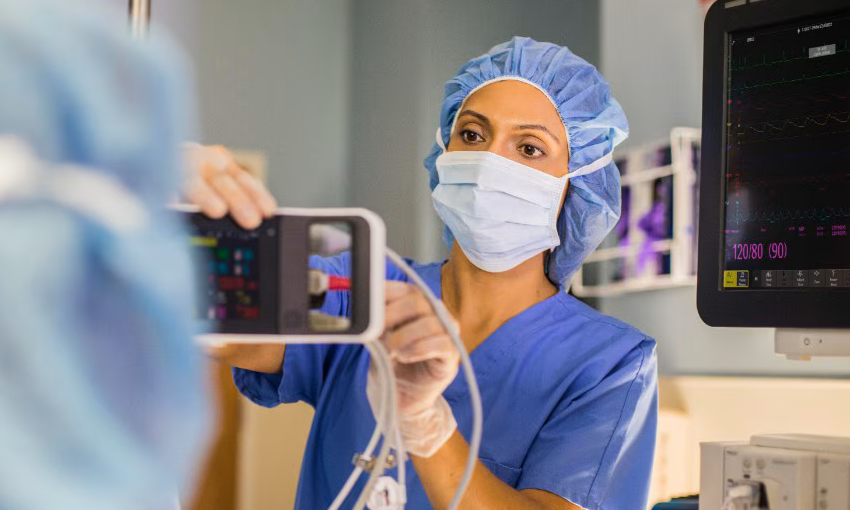
Philips and Masimo Partner to Advance Patient Monitoring Measurement Technologies
Royal Philips (Amsterdam, Netherlands) and Masimo (Irvine, California, USA) have renewed their multi-year strategic collaboration, combining Philips’ expertise in patient monitoring with Masimo’s noninvasive... Read more
B. Braun Acquires Digital Microsurgery Company True Digital Surgery
The high-end microsurgery market in neurosurgery, spine, and ENT is undergoing a significant transformation. Traditional analog microscopes are giving way to digital exoscopes, which provide improved visualization,... Read more
CMEF 2025 to Promote Holistic and High-Quality Development of Medical and Health Industry
The 92nd China International Medical Equipment Fair (CMEF 2025) Autumn Exhibition is scheduled to be held from September 26 to 29 at the China Import and Export Fair Complex (Canton Fair Complex) in Guangzhou.... Read more












